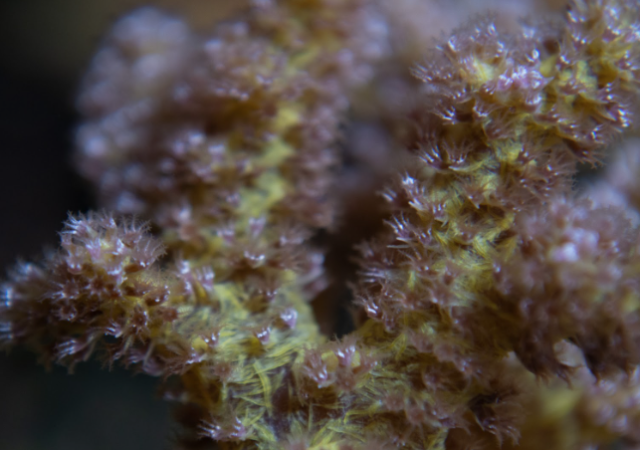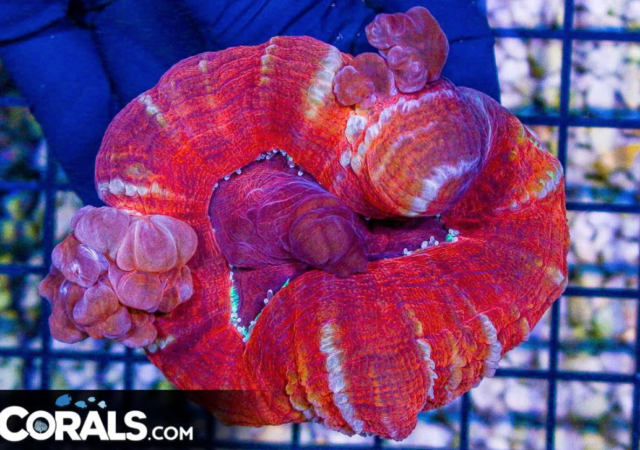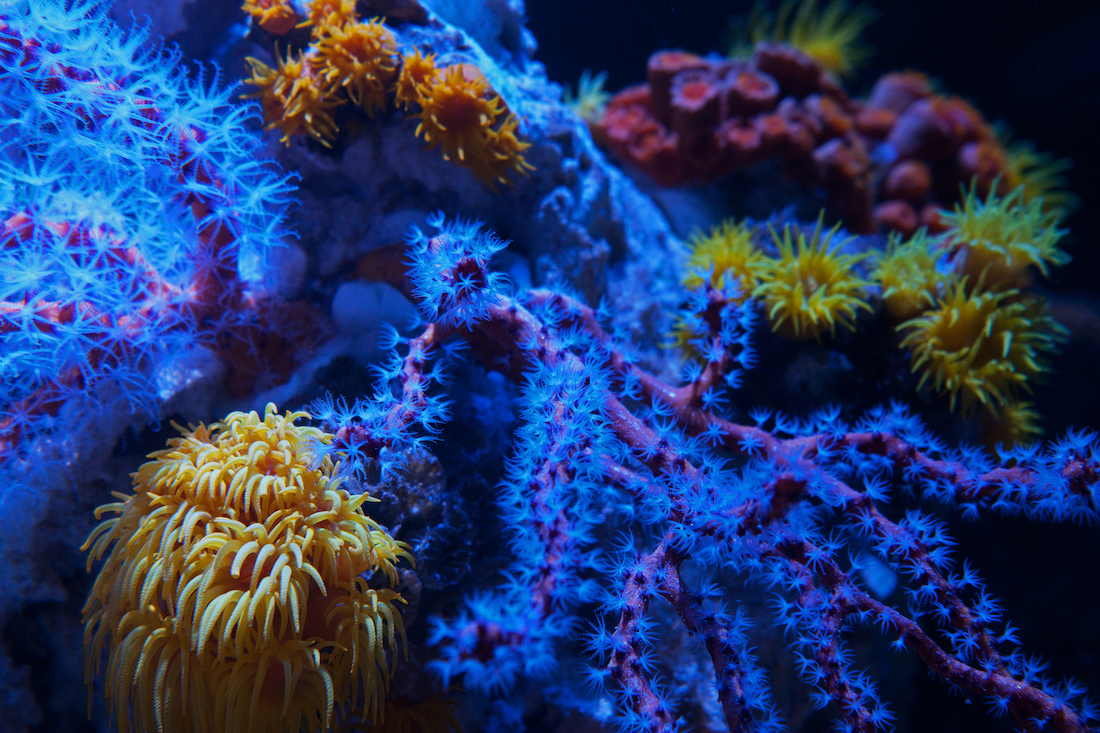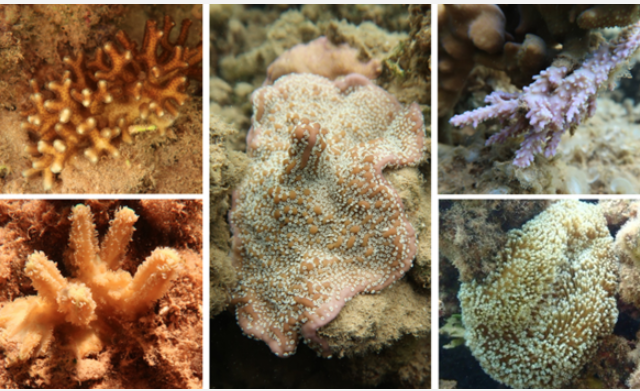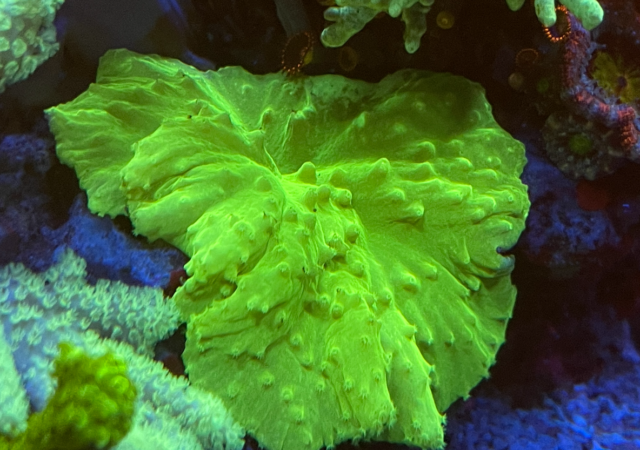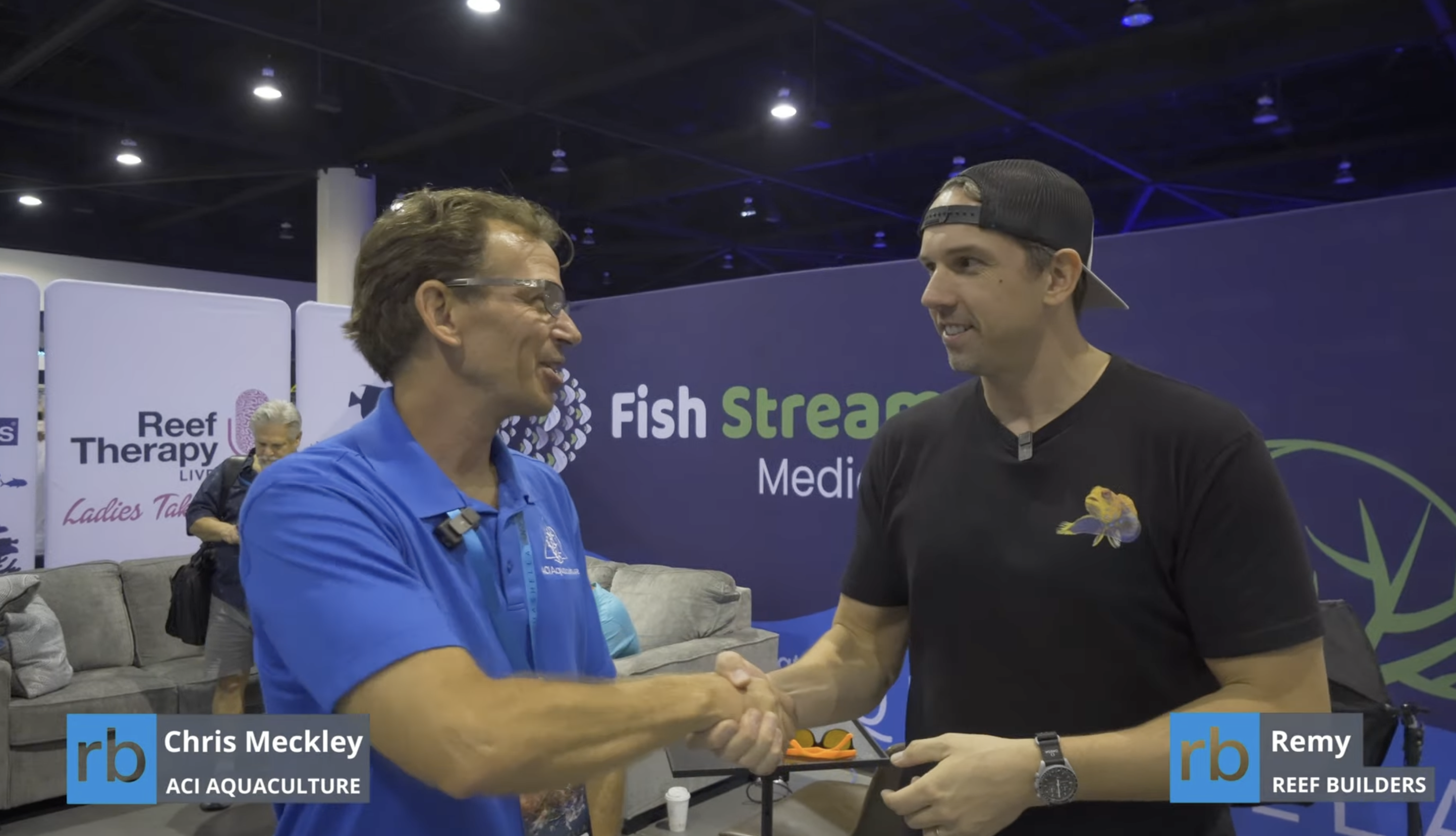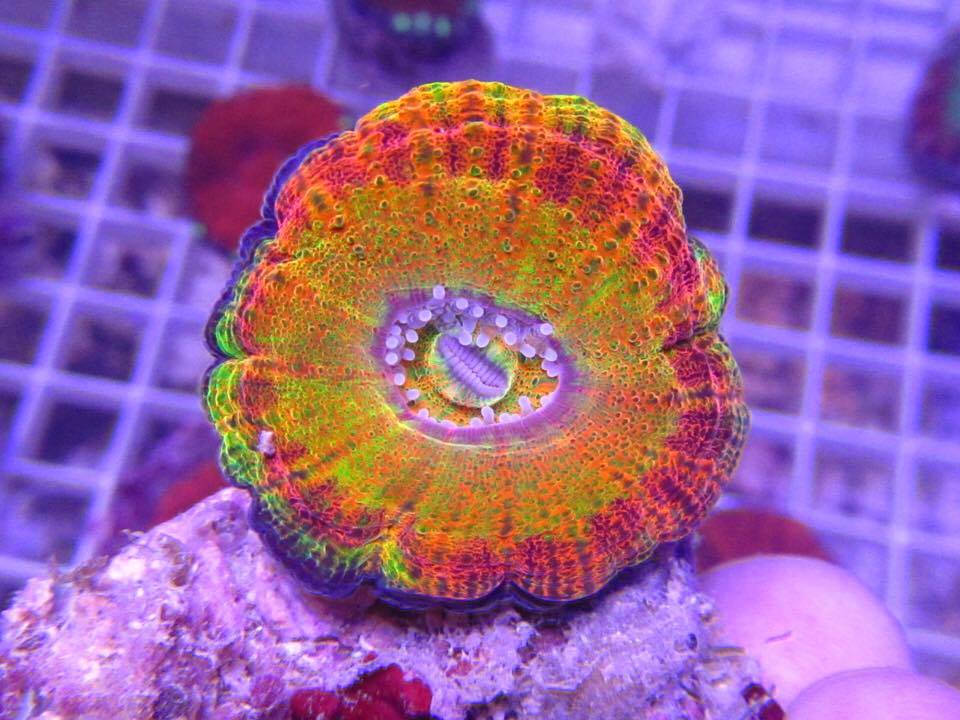At the Reefing USA show in STL, I encountered some unique specimens that caught my eye at Gabe Pommier’s booth, Oceanic Gardens. He brought two varieties of Stereonephthya, which before the show I had only seen online. Many of you…
Coral
This Red Scolymia is Bouncing like a Bounce Mushroom
Just when you thought Scolys couldn’t get any more collectible than they already are, this Red Bounce Scoly turns up for sale on Corals.com, courtesy of Live Corals Australia. Except for the Bubble Coral, Plerogyra sinuosa, which may inflate its…
NOAA confirms 4th global coral bleaching event
The world is currently experiencing a global coral bleaching event, according to NOAA scientists. This is the fourth global event on record and the second in the last 10 years. Bleaching-level heat stress, as remotely monitored and predicted by NOAA’s…
A Reefkeeper’s Guide to NPS Corals
NPS coral specialist Florian Gaudig gives us the lowdown on how to select NPS corals, which ones we should try, which ones we should avoid, and what to feed them. Many new and seasoned reefing hobbyists find themselves struggling when…
The Past, Present, and Future of Torch Corals, Euphyllia glabrescens
Known for their dazzling colors, swaying tentacles, and propensity to sting nearby corals, the Torch Coral, Euphyllia glabrescens, has been a staple of the reef aquarium hobby for decades. And given the continuous discovery of new varieties, this species will…
More Non-Native Corals found off Hawaiian Island
Several non-native aquarium coral species have been found repeatedly on one Hawaiian island. The corals were first found off Anini Beach on the north shore of Kauai Island by Reef Guardians Robin Mazor and Tom Woods in 2021, but they’ve…
Double-headed Master Scoly is Twice The Delight
We have been lucky to have experienced wild twin Scolys in our wholesale days and read with interest when Ultra Coral Australia released information back in 2022 on how they propagated them by cutting the base off. Well, it turns…
Green Cabbage Coral is One Of The Best Corals for Beginners
If you’re completely new to reef aquariums or have had a bad run of coral deaths, our featured coral, the Cabbage Coral, is a great coral to add to your tank. As the common name suggests this soft coral looks…


